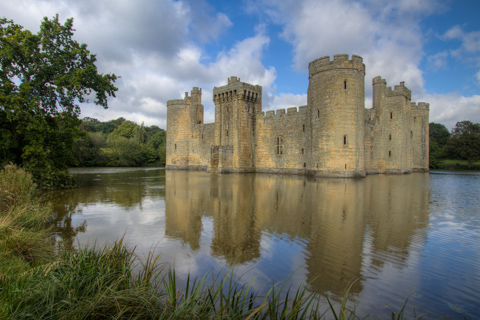
Bodiam Castle is a 14th-century moated castle near Robertsbridge in East Sussex. It was built in 1385 by Sir Edward Dalyngrigge, a former knight of Edward III, with the permission of Richard II, to defend the area against French invasion during the Hundred Years' War.
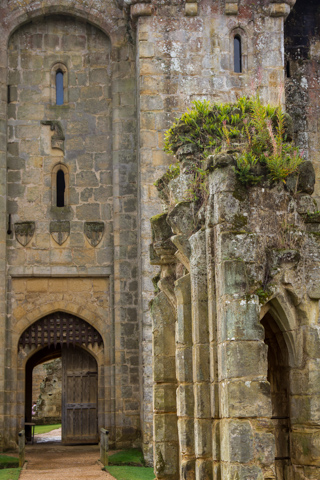
In 1722, Sir Thomas Webster bought the castle. For over a century, Bodiam Castle descended through the Webster family. It was in this period that the site became popular as an early kind of tourist attraction because of its connection with the medieval period. The first drawings of Bodiam Castle date from the mid-18th century, when it was depicted as a ruin overgrown with ivy.
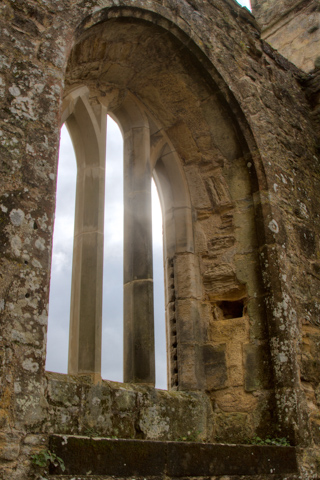
The National Trust has worked to restore the ruin, they added new roofs to the towers and gatehouse. Excavations were resumed in 1970, and the moat was once again drained. Bodiam Castle was used in one of my favorite movies - Monty Python and the Holy Grail.
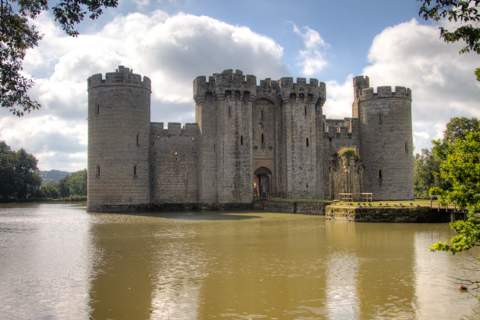
A quadrangular castle, Bodiam is roughly square-shaped. This type of castle, with a central courtyard and buildings against the curtain wall, was characteristic of castle architecture in the 14th century. Bodiam Castle has been described as the most complete surviving example of a quadrangular castle.

Herstmonceux Castle is one of the oldest significant brick buildings still standing in England; brick was an unusual material for the time in Britain. The builders of Herstmonceux Castle concentrated more on grandeur and comfort than on defense.
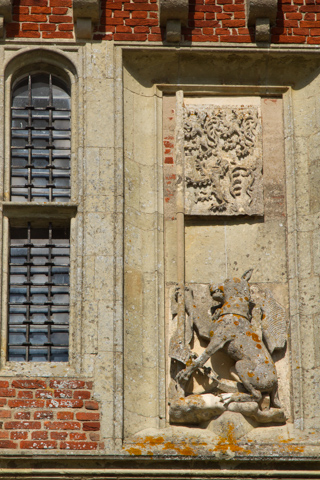
In 1541, Sir Thomas Fiennes, Lord Dacre, was tried for murder and robbery of the King's deer after his poaching exploits on a neighboring estate resulted in the death of a gamekeeper. He was convicted and hanged as a commoner, and the Herstmonceux estate was temporarily confiscated by Henry VIII of England, but was restored to the Fiennes family during the reign of one of Henry's children.

The financial mismanagement of the 15th Baron Dacre, heir to the Fiennes family, forced him to sell in 1708 to George Naylor. Naylor's grandson followed the architect Samuel Wyatt's advice to reduce the Castle to a picturesque ruin by demolishing the interior. The castle was dismantled in 1777 leaving the exterior walls standing and remained a ruin until the early 20th century.
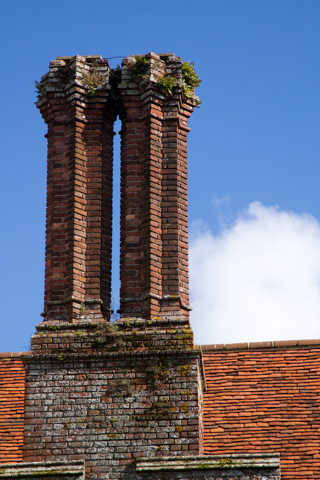
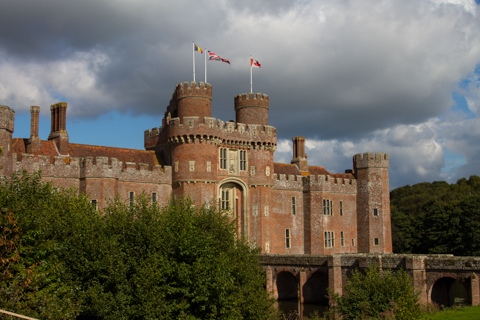
Back to pick up Virginia Ann and off to Bath for the night.